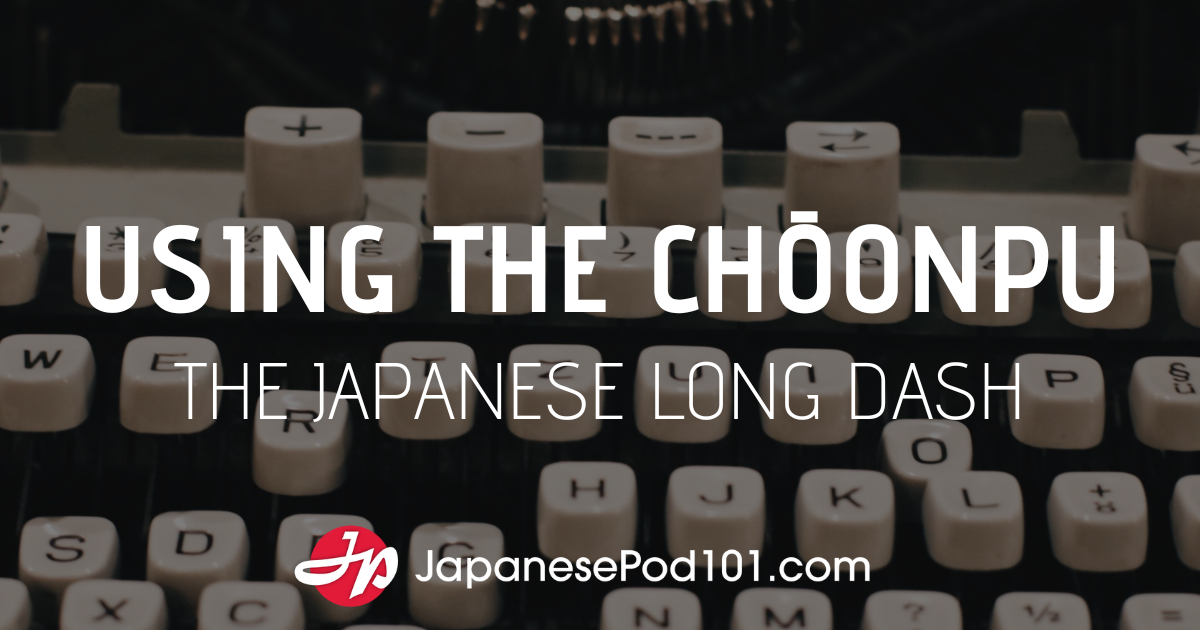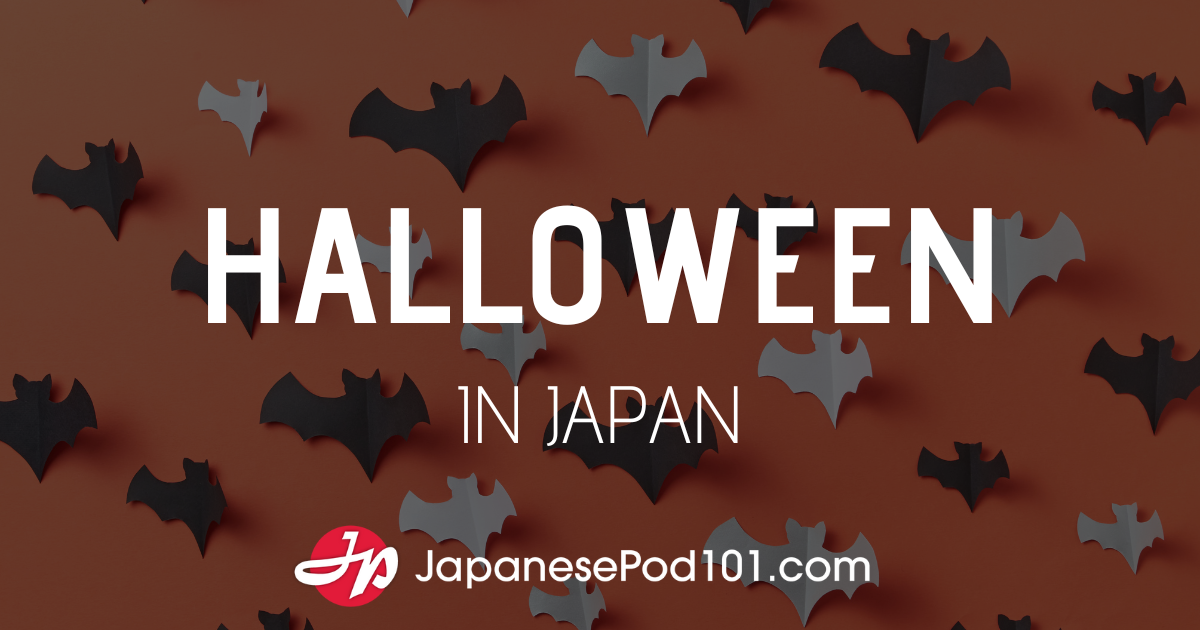June 15, 2009
Kanji Scrabble #09: Have Fun Learning with Kanji Scrabble: a Kanji Game Just for Twitter!
The Kanji for this week are as follows: (Remember, each compound must use the Kanji in the brackets .)
Kanji Scrabble #09 学、語、小、多、金、二、古、名、三、上 (Learn How to Play Here)
To start, all you need is a Twitter account and to follow our Twitter account @japanesepod101
(What’s Twitter you ask? Read our guide here.)
Answers:
Kanji
Kana
English
三言
みこと
(n) three words/
二言
にごん
(n) (1) double-dealing/double tongue/going back on what one has said/(2) repeating oneself/
二言三言
ふたことみこと
(n) a few words/
古言
こげん
(n) obsolete word/old proverb/
名言
めいげん
(n) wise saying/
多言
たげん
(n,vs) talkativeness/verbosity/garrulity/
多言語
たげんご
(adj-no) multilingual/
小言
こごと
(n)... Show more
June 15, 2009
Learn Japanese – Confused by how the Japanese writing system works? Get answers! (Forum Spotlight)
Welcome to Forum Spotlight! Here we’ll be introducing interesting and useful posts made by members at our very own JapanesePod101.com Forum. This week's forum spotlight post is a question asked by thegsusfreek about the Japanese writing system from a beginner's point of view that was answered by QuackingShoe. If you're a beginner who is confused by how the Japanese writing system works, you'll find some answers here!
=====================
Question from thegsusfreek:
=====================
I've just started using this program and I've signed up for the 7 day premium trial. I'm absolutely loving it! But, I have many questions about written Japanese. I hope that someone can help answer them.
1) In the first table of the "Kanji Close-up"... Show more
June 14, 2009
The Secret Behind Successfully Learning Japanese Effortlessly
How to Really Learn Japanese in Just Minutes a Day and Stick with it
Get an Instant 10% OFF with coupon code FF2009 for a limited time.
The Myth
What if I told you mastering Japanese wasn't that hard. That actually learning the language itself is not nearly as difficult as you may have heard. And that the problem to progressing is an age old one...failure to execute.
The Real Issue
Said another way, "People don't progress 'cause they don't do! If you don't do the work, you won't reach your goals."
It's a bold statement, but think about it.
How many things have you tried, only to give up at some later point in time. Exercising daily, diets, hobbies, etc. Language learning is no exception.
We tend to start out... Show more
June 12, 2009
Aiding and Abetting: Part 2
Quick Links
Welcome to Kanji Curiosity | The Basics | Glossary
If you saw the following, what would you think the word meant?
山荒 (yamaarashi) mountain + rough
The kanji 荒 (KŌ, ara(i), ara-, a(reru), a(rasu), -a(rashi): rough, crude, natural, wild) contains the "grass" radical 艹, so maybe this is a type of plant that grows on mountains.
Then again, the roughness could describe the mountain itself—perhaps the condition of an eroded slope. (By the way, "erosion" is a great word: 水食, suishoku: erosion, water + to eat. Erosion is what happens when water "eats" a slope!)
Mountain + rough could also refer to the unpolished manner of a country bumpkin living on an isolated mountain.
But no, 山荒... Show more
June 11, 2009
Advanced Japanese Lesson – 紫陽花 (Hydrangea)
六月の花といえば「あじさい」。日本では、白、ピンク、水色、紫と様々な色のあじさいが咲きそろいます。高さは一メートルくらいで、卵形の葉は光沢のある緑色。葉の縁がギザギザしているのが特徴です。
小さな花びらが集まって咲くあじさい。その名前は花の色に由来しているとか。青より少し濃い色を「藍色」と呼びますが、この「藍色が集まったもの」を表わす「あづさい」が変化して「あじさい」になったそうです。しかし、花びらのように見える色のついた部分は「がく」で、中心にある小さく目立たない部分が花であることは意外に知られていません。
ちなみに、色鮮やかな「がく」は土壌の性質や開花からの日数によって微妙に色を変えます。初めは水色だったのに、だんだんと藍色になり、続いて赤みを帯びて紫色になるのです。この変化していく様子から、「心変わり」という花言葉が生まれたのだそうです。
漢字では「紫陽花」と表現し、「紫」の文字は紫色を、「陽」の文字は太陽、ひいては日が経つこと、「花」の文字は花を表わします。つまり、「太陽を浴びて日が経つと紫色に変わる花」という意味ですね。
雨の滴がしたたるあじさいはロマンティックで、いつまで眺めていても飽きない風情があります
====
Hydrangea :
When people think June, they think of "Ajisai" (Hydrangea). In Japan white, pink, light blue, purple and hydrangea in a number of other colors are in bloom. The plants grow to about a meter in... Show more
June 8, 2009
Kanji Scrabble #08: Your Chance to Win iPhone Apps!
This week we'll be giving away 3 iPhone application codes for one of our newest iPhone / Touch applications, Gengo Talking Japanese Dictionary, to the first 3 people who get ALL the combinations correct!To be fair with everyone, and for those without those speedy and amazing electronic dictionaries (高いからね!), we'll only count answers that show up on Jim Breen's WWWJDICT.
The Kanji for this week are as follows: (Remember, each compound must use the Kanji in the brackets .)
Kanji Scrabble #08 大、入、父、北、中、出、母、電、語、天 (Learn How to Play Here)
To start, all you need is a Twitter account and to follow our Twitter account @japanesepod101
(What’s Twitter you ask? Read our guide here.)
Kanji Scrabble #07 introduced the most combinations so... Show more
June 8, 2009
Learn Japanese – 191 new Kanji that you need to know by next year! Part 3 (Forum Spotlight)
Welcome to Forum Spotlight! Here we’ll be introducing interesting and useful posts made by members at our very own JapanesePod101.com Forum.
This forum spotlight post contains the final part of a list of new proposed Jōyō Kanji, which comes from Psyさん. What are Jōyō Kanji? The answer to that question along with the first installment of the list can be found here! For the second installment, click here.
Here is part 3, the final installment of the new proposed Jōyō Kanji list. Next to each kanji, you will find the reading (onyomi is in katakana, kunyomi is in hiragana), the character's meaning, and a sample word using that kanji.
No
Kanji
Reading
Meaning
Sample Word
126
諦
テイ・あきら(める)... Show more
June 5, 2009
Wild and Wasted: Part 1
Quick Links
Welcome to Kanji Curiosity | The Basics | Glossary
If I saw the following word out of context, I would puzzle over the breakdown:
大荒れ (ōare: great storm) big + being wild
Sample Sentence with 大荒れ ...
I would wonder, exactly who or what is big and being wild? An untamed horse or a pro wrestler would come to mind. The breakdown even sounds illicit, like something in an ad for erotic services (not that I read those). But in this case, 荒 describes the weather.
From the following compounds and their breakdowns, you might conclude that 荒 (KŌ, ara(i), ara-, a(reru), a(rasu), -a(rashi): rough, crude, natural, wild) generally refers to a force that whips natural elements into a state of frenzy:... Show more
June 4, 2009
Advanced Japanese Lesson – 水無月 (Month of water)
古来、日本人が使っていたカレンダーでは六月のことを「水無月」(読み方は「みなつき」、「みなづき」)と呼んでいました。漢字の意味は「水が無い月」。しかし、日本では五月から七月にかけて雨続きの天候が続きます。これが「梅雨」(「つゆ」と読みます)ですね。雨がたくさん降る月ですから「水が無い月」ではなく、「水が有る月」と表現した方がよいのに、なぜ「水が無い」という名前がついているのでしょうか。
実は、「みなつき」の「な」は「~の」という意味なのです。つまり、直訳すると「水の月」。水に縁の深い一ヶ月を指しているのです。天候もそうですが、日本ではこの季節に主食の米を育てるため、田に水を引き入れます。ここからも、水との関連がうかがえます。
さて、水無月ほど有名ではありませんが、他にも六月を表わす月の呼び方があるのを知っていますか? たとえば、「風待月」(かぜまちづき)。初夏の涼しい風を待つような一ヶ月、という意味です。ロマンチックですね。
ちなみに、「水無月」という名の和菓子もあります。これは、三角形の白い餅みたいな外郎(ういろう)の上に小豆が乗っているものです。見た目も涼しげ、甘さ控えめでおいしいですよ。
=====
The sixth month of the lunar calendar :
On the ancient Japanese calendar the sixth month of the year was called "Minatsuki" or "Minadzuki." The characters mean 'a month without water.' But in Japan, from about May to July... Show more
June 1, 2009
Kanji Scrabble #07: Have Fun Learning with Kanji Scrabble: a Kanji Game Just for Twitter!
The Kanji for this week are as follows: (Remember, each compound must use the Kanji in the brackets .)
Kanji Scrabble #07 大、年、魚、多、水、出、新、長、気、天 (Learn How to Play Here)
To start, all you need is a Twitter account and to follow our Twitter account @japanesepod101
(What’s Twitter you ask? Read our guide here.)
Last week was tricky, so make sure you ファイト and make up for it with this week's!
Answers:
Kanji
Kana
English
出生
しゅっしょう
(n,vs,adj-no) birth/(P)/
多年生
たねんせい
(n) perennial (plant)/
多生
たしょう
(n) (1) (Buddh) metempsychosis/(2) saving the lives of many/
大生
だいせい
(suf) (abbr) college student/
天生
てんせい
(n) naturally occurring/nature/disposition/vocation/calling/
年生
ねんせい
(n) pupil in... Show more









